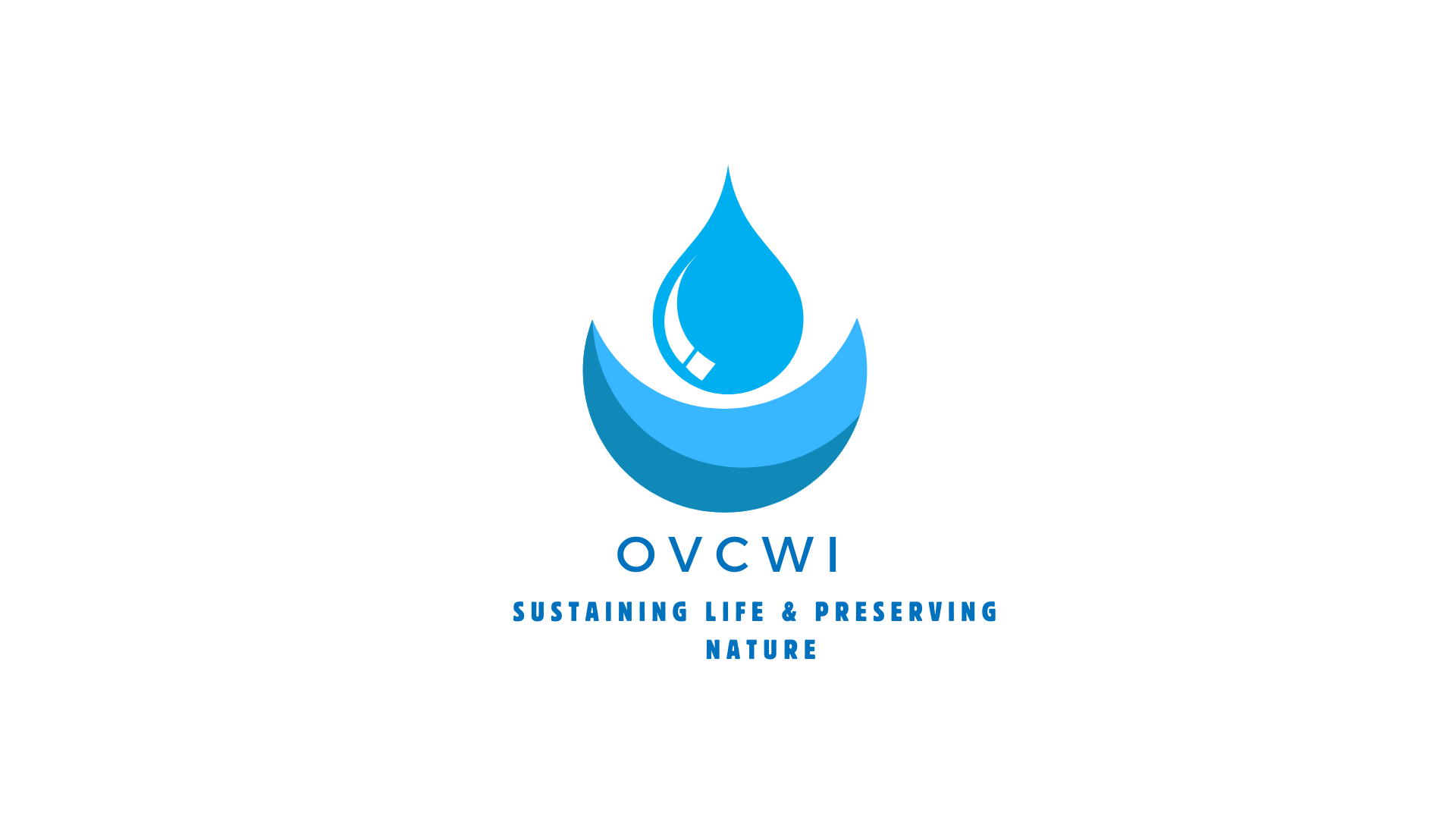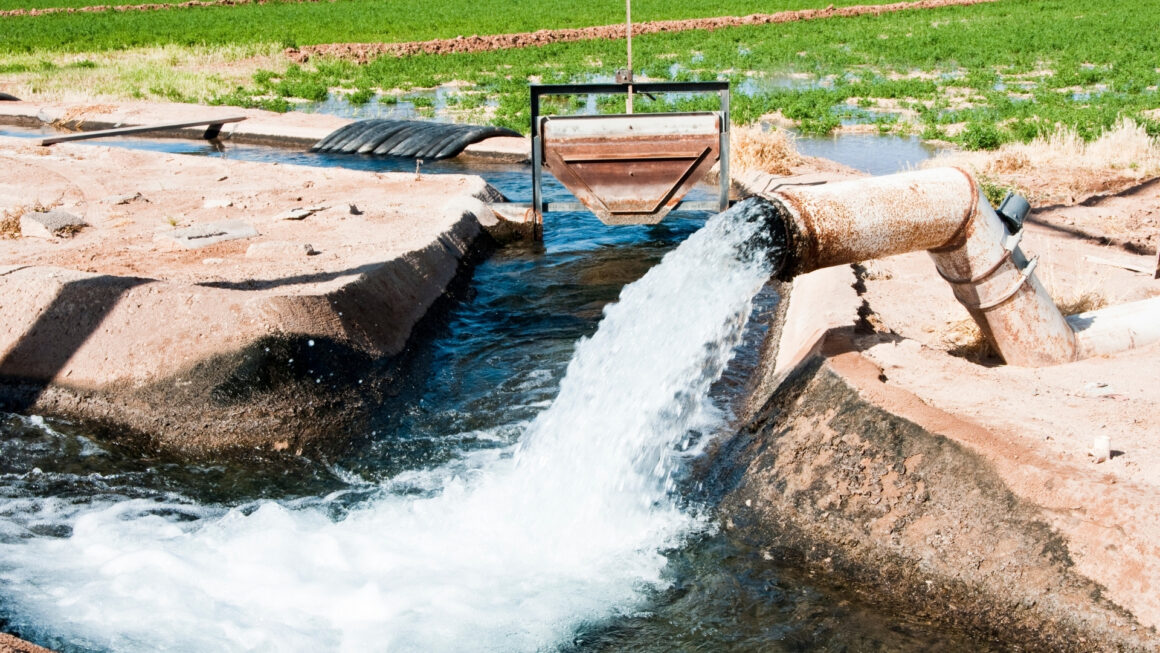The Omo Valley of Ethiopia faces challenges regarding access to clean and safe drinking water, and there may be limited or inadequate water treatment facilities in the region. However, efforts may be underway by various organizations, both governmental and non-governmental, to improve water infrastructure and provide access to clean water.
The cost estimate of establishing a water treatment facility in the Omo Valley would depend on various factors, including the size and capacity of the facility, the technology and treatment processes used, the quality of the source water, and local labor and material costs. However, it is possible to give a general overview of the costs involved in setting up a water treatment facility:
Design and Engineering Costs: This includes the cost of hiring engineers and consultants to design the water treatment facility, conduct feasibility studies, and prepare engineering plans and specifications. Design costs can vary depending on the complexity of the project and the expertise required.
Construction Costs: This includes the cost of constructing the physical infrastructure of the water treatment facility, including buildings, treatment units, pipelines, storage tanks, and other structures. Construction costs can vary significantly depending on the scale of the facility and local construction costs.
Equipment and Technology Costs: This includes the cost of purchasing water treatment equipment and technology, such as filtration systems, chemical dosing systems, disinfection units, pumps, and monitoring instruments. The cost of equipment can vary based on the type and quality of the technology selected.
Labor Costs: This includes the cost of labor for the construction, installation, and operation of the water treatment facility. Skilled labor may be required for tasks such as equipment installation, plumbing, electrical work, and system operation and maintenance.
Permitting and Regulatory Compliance Costs: This includes the cost of obtaining permits and complying with regulatory requirements for water treatment facilities. Depending on the location, there may be permits required for water abstraction, discharge of treated water, and compliance with water quality standards.
Operating and Maintenance Costs: This includes the ongoing costs associated with operating and maintaining the water treatment facility, such as energy costs, chemical costs, labor costs for system operation and maintenance, and replacement of consumables and parts.
It’s important to conduct a detailed feasibility study and cost analysis to determine the specific requirements and costs associated with establishing a water treatment facility in the Omo Valley. Additionally, partnerships with local communities, government agencies, and international organizations may be essential for funding and implementing such projects effectively.
There are several water treatment facilities in the Omo Valley of Ethiopia, including the Omo Valley Water Project, the Black Lion Hospital Water Treatment Plant, and the Aleta Wondo Water Treatment Facility. These facilities serve different areas in the Omo Valley and are managed by different organizations.
It is difficult to determine if these facilities are sufficient enough, as access to safe drinking water is still a major issue in the Omo Valley. According to a 2016 report by the Ethiopian Ministry of Health, only 12% of the rural population in Ethiopia has access to clean water sources. Additionally, many of the existing water treatment facilities in the Omo Valley are old and poorly maintained, leading to challenges in providing safe water to the communities.
The cost estimate of establishing a water treatment facility in the Omo Valley would depend on various factors such as the size and capacity of the facility, the technology used, and the location. According to a 2014 study by WaterAid, the average cost of setting up a small community water treatment facility in rural areas of Ethiopia is around $25,000. However, this cost can vary significantly depending on the specific needs and conditions of the Omo Valley.
Discover more from Omo Valley Clean Potable Water Initiatives
Subscribe to get the latest posts sent to your email.


